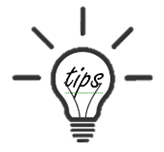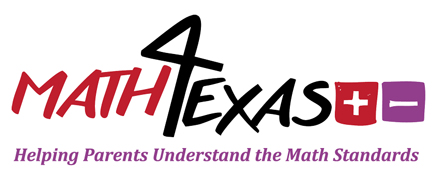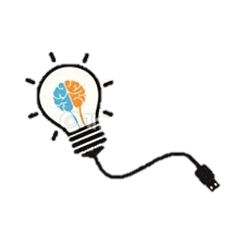T.I.P.S.
-
 Students must be able to identify three-dimensional solids, including cylinders, cones, spheres, and cubes. Students should be able to identify three-dimensional solids by the number of faces, bases, vertices, edges, curved surfaces, etc. the solids may have. Students may also find the solids' abilities to roll, stack, or slide helpful in identifying the solids. Students should realize that the identity of the shape is not changed by its orientation, size, color, or texture.
Students must be able to identify three-dimensional solids, including cylinders, cones, spheres, and cubes. Students should be able to identify three-dimensional solids by the number of faces, bases, vertices, edges, curved surfaces, etc. the solids may have. Students may also find the solids' abilities to roll, stack, or slide helpful in identifying the solids. Students should realize that the identity of the shape is not changed by its orientation, size, color, or texture.
Example
-
In the shapes shown below, identify the number of cylinders, cones, cubes, and spheres.
Digital Tools
-
Click on the following links for interactive games.
Resources
-
Click on the following links for more information.
TEKS
-
K.6 Geometry and measurement. The student applies mathematical process standards to analyze attributes of two-dimensional shapes and three-dimensional solids to develop generalizations about their properties. The student is expected to:
(B) identify three-dimensional solids, including cylinders, cones, spheres, and cubes, in the real world





 Click
Click 

